With great art often comes great misery, which is something that Peter Parker’s Uncle Ben might have said if he’d known any of this lot. With Mike Leigh’s impressive Mr. Turner headed to cinemas this week, we take a look at some of the other troubled geniuses the world of art has had to offer. And no, we’re not including Charlie Higson’s Johnny from The Fast Show...
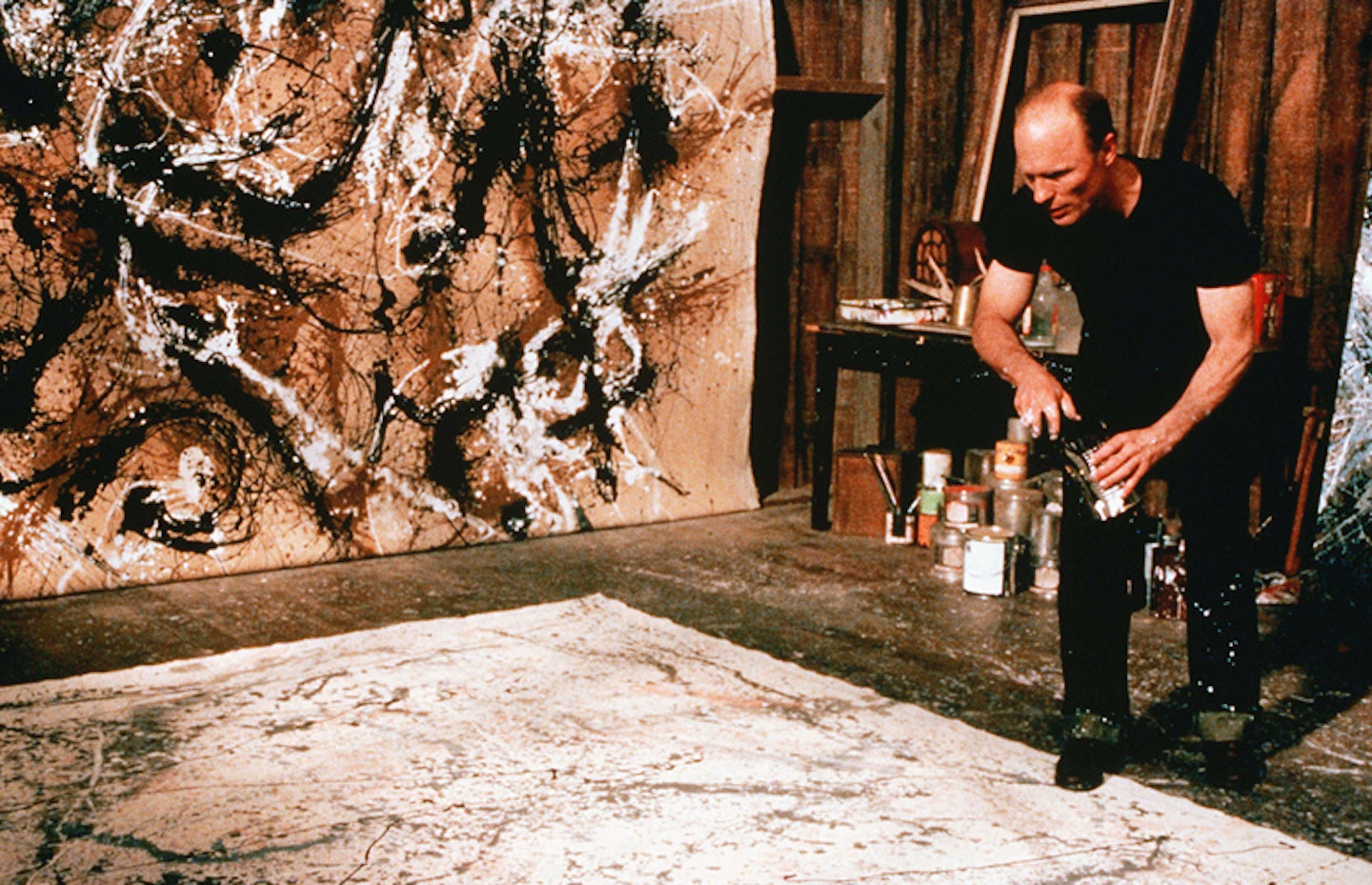
**The Artist: **Jackson Pollock
The Actor: Ed Harris
Driven and ambitious, but also often antisocial and given to dark moods, Pollock’s history with depression stretches back to the death of his father in 1933, when the burgeoning artist was 23. His depression fuelled his drinking and he began to take it out on his family. Ed Harris’s film – he directed as well as starring as Pollock after his father gave him a biography of the man – picks up his story in 1941, and captures some of his inner turmoil and volatile personality. Though he enjoyed more success than some of the others on this list with his famously huge canvases and paint-drip work, he always found himself striving for acceptance and understanding. His life found more meaning in his beloved wife, artist Lee Krasner, though even she couldn’t stop his more self-destructive urges. Pollock died in 1956 aged 44 in a car accident while driving drunk. After his death, Krasner helped keep his reputation strong.
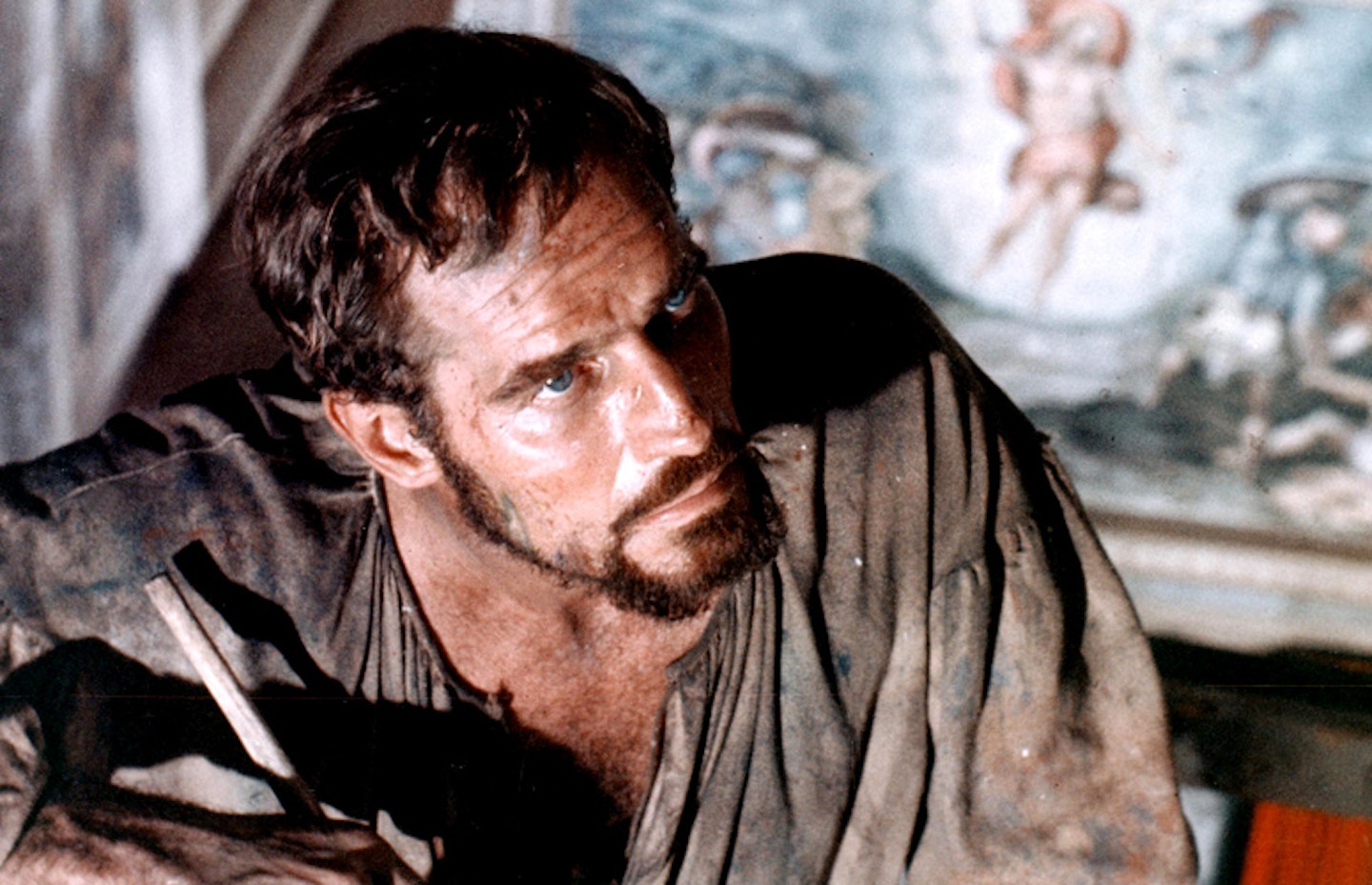
The Artist: Michelangelo Buonarroti
The Actor: Charlton Heston
Prickly and contentious, Michelangelo was renowned for his quick temper, which led to fractious relationships with his superiors. Case in point? The Sistine Chapel, now acknowledged to be among the most influential and historically important pieces of art in the world. But it wasn’t created without struggle and torment. Carol Reed brought the story to life, based on Irving Stone’s eponymous biographical novel. Commissioned by Pope Julius II (Rex Harrison) to paint frescos of the Apostles on the ceiling of the Sistine Chapel, Michelangelo (Charlton Heston) abandons his early work and flees Rome to devote himself to quarrying marble. But the Pope sends his guards to find the artist and, on a battlefield (where else?), our hero is inspired by a vision for artwork that will cover the entire ceiling of the chapel. Thus begins years of toil, leading to Michelangelo suffering blindness and fatigue, accusations of blasphemy and heresy from the Pope and threats that he'd be replaced by Raffaello Sanzio da Urbino (Tomas Millian). Ouch.
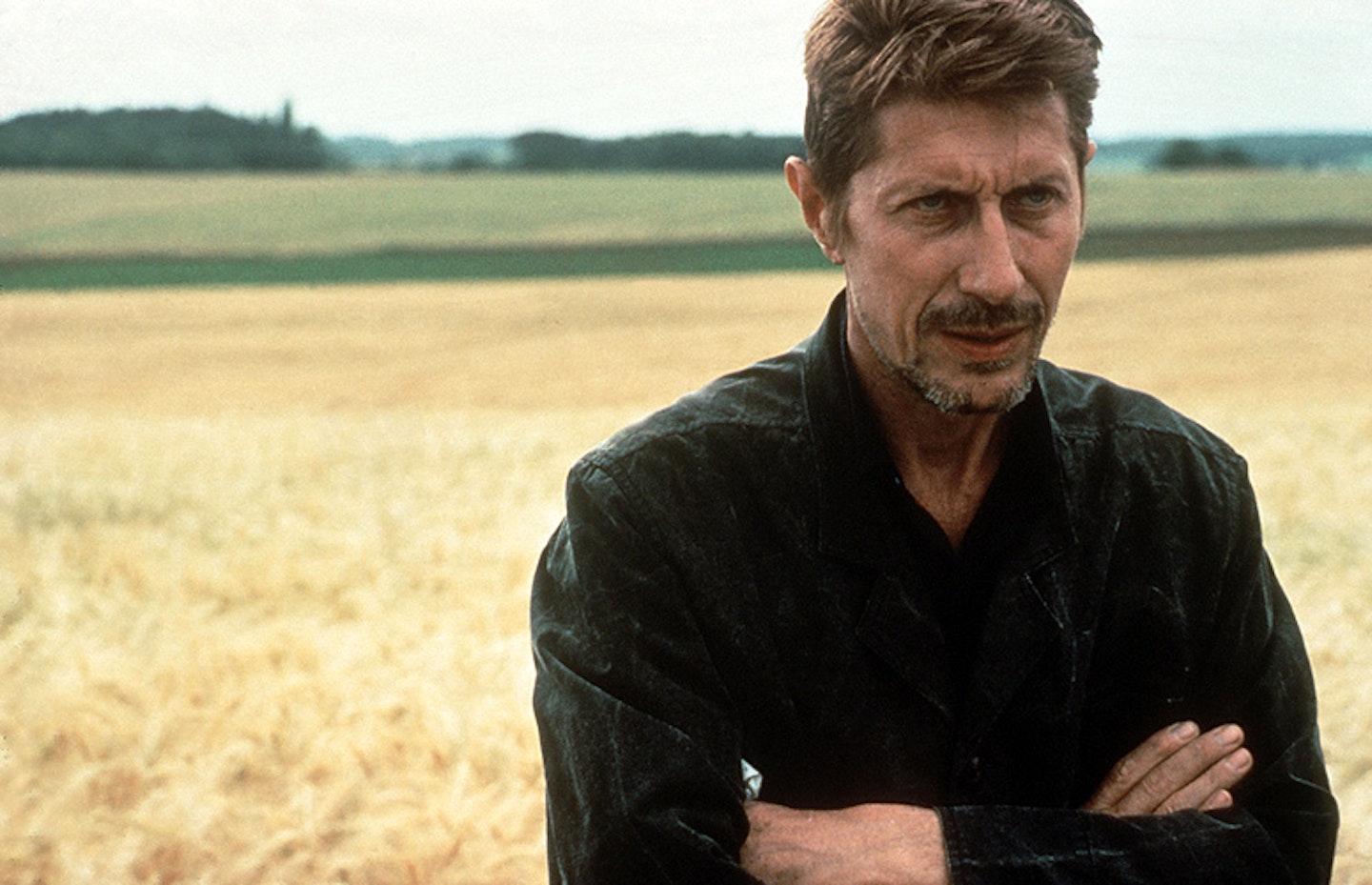
The Artist: Vincent van Gogh
The Actor: Jacques Dutronc
Where to begin with this one... So influential and famous is van Gogh that his life has been chronicled more than once on screen, but his actual existence was wracked with suffering and disappointment that taunted him even as he created some of the greatest works of art in history. Maurice Pialat’s 1991 take, starring Jacques Dutronc in the title role, takes the quieter, less splashy route, chronicling the final 67 days of van Gogh’s life and omitting most of the famous incidents. It doesn't even cover cutting his ear off, an event many people think was spurred by his fear of abandonment by one of the few people he befriended, fellow artist Paul Gauguin. Instead, it probes his fragile mental state in those waning weeks, sketching a picture of a man driven to near madness by the illness that kept him from working. 1956’s Lust For Life, on the other hand, boasts Kirk Douglas as the man himself, and careens through the bigger moments, showing his unappreciated genius and his unsuccessful interpersonal relationships.
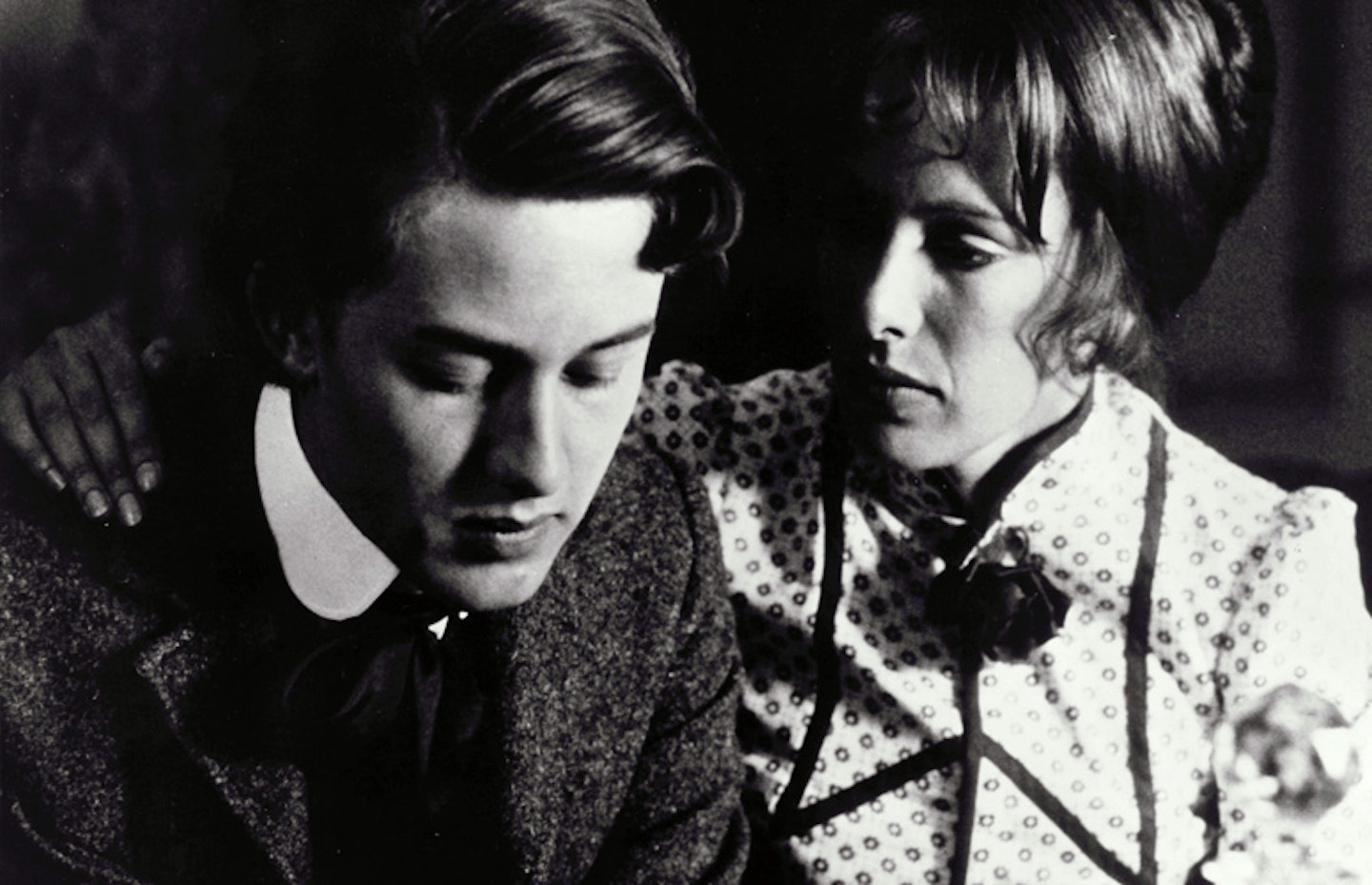
The Artist: Edvard Munch
The Actor: Geir Westby
Regularly ill from a young age, Munch began to draw to keep himself occupied, and the strict religious upbringing provided by his father after his mother’s death helped fuel a lot of his work. Peter Watkins’ film was originally created as a three-part miniseries for Norwegian and Swedish television, but arrived on cinema screens elsewhere as a three-hour docudrama look at what drove the man, with Geir Westby as Munch. The film chronicles the often harsh reactions to Munch’s work (even using interviews with real-life Norwegians who hated his paintings), and his descent into alcoholism, which led to brawling and spurred his anxiety. His most famous work is The Scream, which he created in four different versions between 1893 and 1910, and described in his writings as inspired by sensing a cry running through nature while out walking one day.
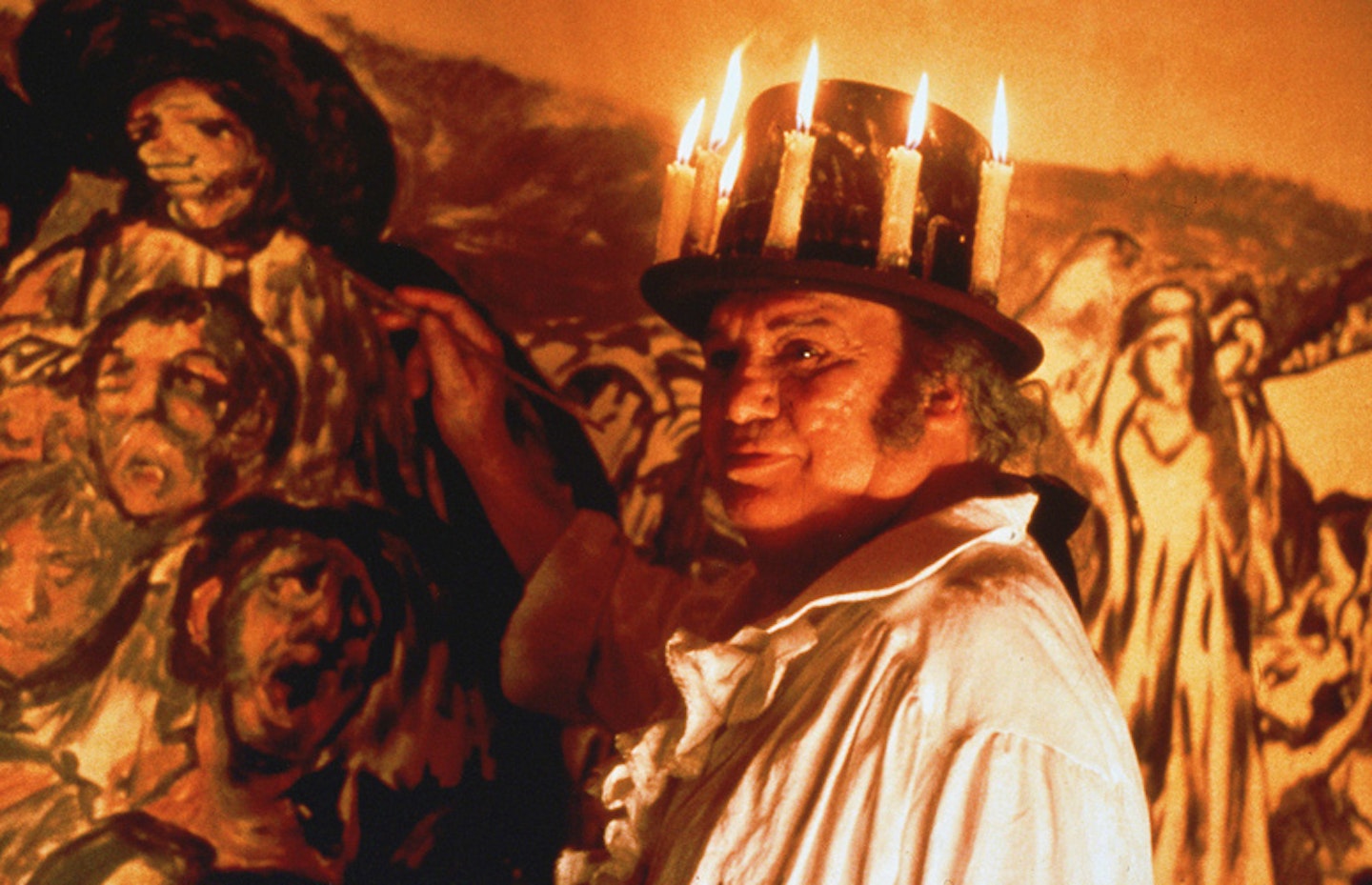
**The Artist: **Francisco Goya
The Actor: Francisco Rabal
Much of Goya’s early life was stress-free, aside from a brief period when he began to learn to paint and clashed with an early master. He found success as the official painter at Spain's royal court and became a famous artist Still, he suffered a mysterious illness around 1792, which left him deaf. The condition led to him becoming withdrawn and in later life, he continued to work but raged against those he once considered patrons, while protesting the cruelties of the Napoleonic Wars and the corruption of the Spanish monarchy. Some of his earlier work involved controversial paintings of nude women, while he later created a set of prints called The Disasters Of War and a series of dark paintings with monstrous images (incidentally engaging in some early Expressionism in the process, art fans!). Carlos Saura’s Goya In Bordeaux follows his voluntary exile, and flashes back to happier times in his life. Milos Forman’s Goya’s Ghosts, meanwhile, cast Stellan Skarsgård as Goya and invented a battle to save one of his models (Ines, a fictional character played by Natalie Portman) from the Inquisition. At no point does he shout, 'Not the Spanish Inquisition!', which loses the film automatic cult status.
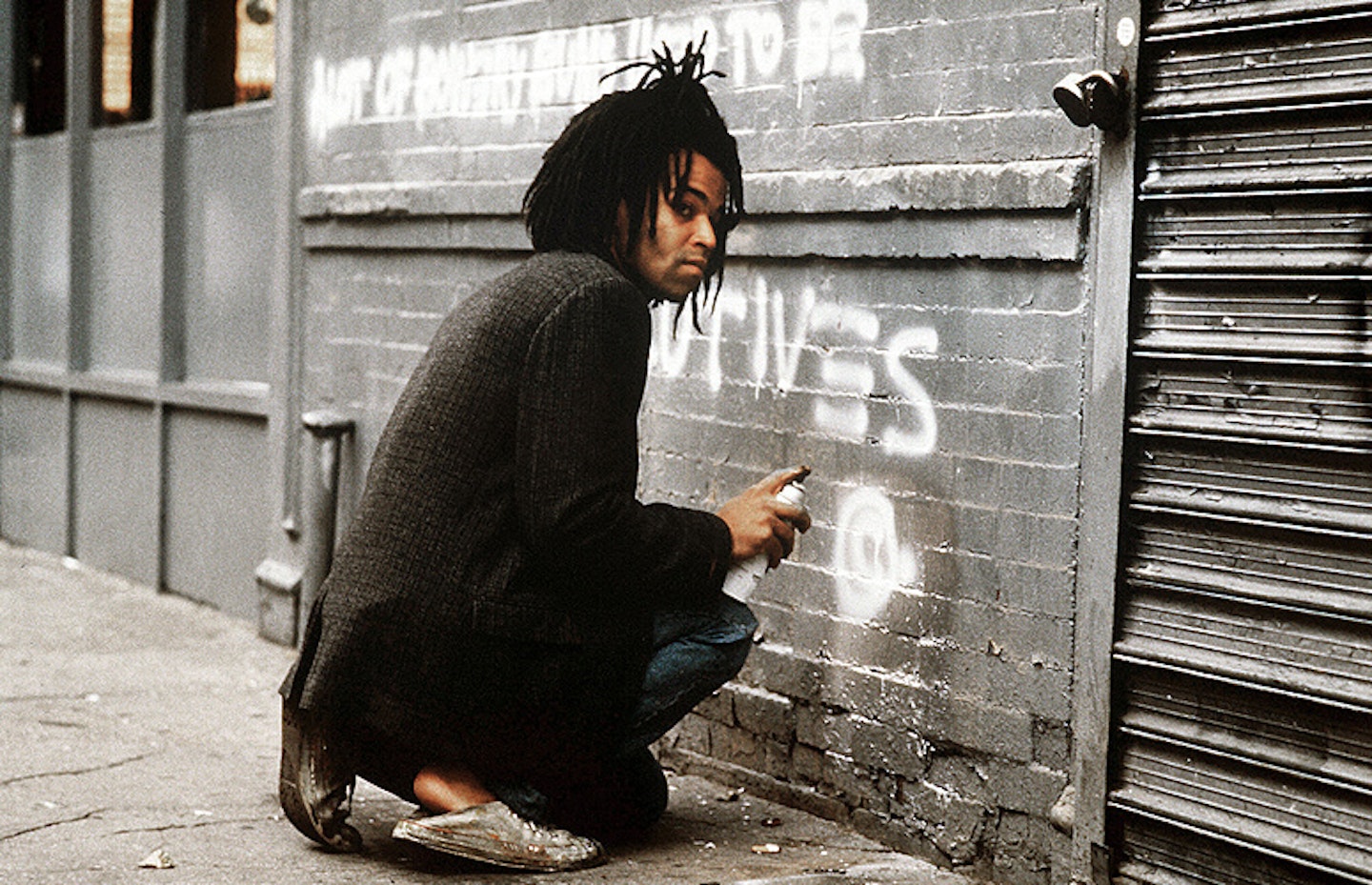
The Artist: Jean-Michel Basquiat
The Actor: Jeffrey Wright
He might not be as well known as the likes of Picasso or Pollock but Jean-Michel Basquiat has a story that is just as compelling, brought to vivid life by Julian Schnabel in 1996 with Jeffrey Wright playing the title character. Basquiat burned brightly in his 27 years, coming up through a graffiti collective in New York and attracting attention from influential members of the city’s artistic society, including Andy Warhol, who encouraged his talents. Like his collage paintings, Basquiat liked to experiment with a variety of ideas, including acting and music – he appeared in a friend’s indie film, formed a noise rock band (which also featured actor/director Vincent Gallo) and produced a rap single. But he also faced trauma, including his mother’s mental issues and his time spent as a runaway. Later in life he became isolated, and his heroin addiction interfered with his work. He overdosed in his studio in 1998.
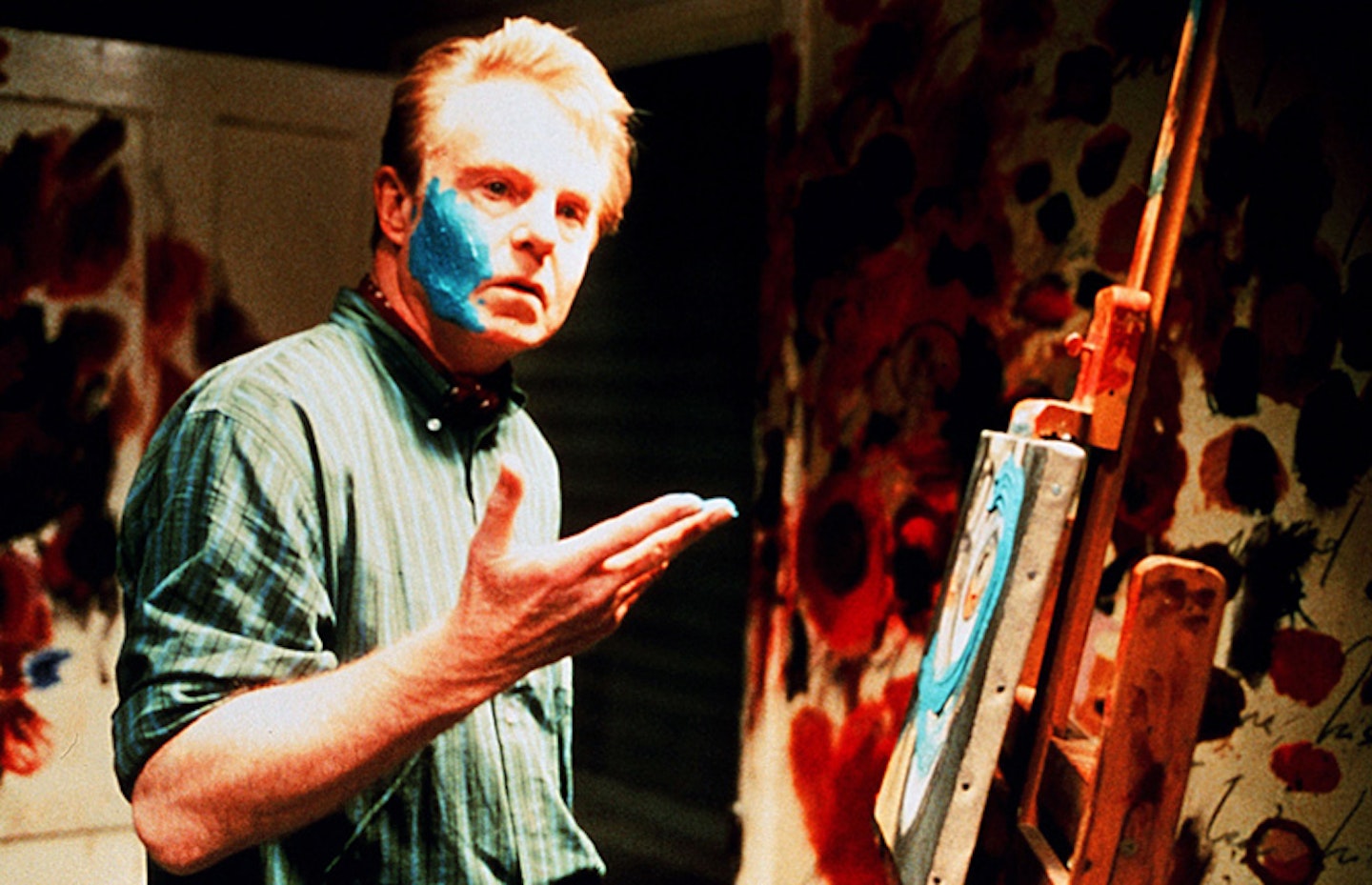
The Artist: Francis Bacon
The Actor: Derek Jacobi
Though raised in comfortable wealth, Bacon clashed with his father in particular over his desire for self-expression, which, to his military patriarch’s disgust, included dressing up in his mother’s underwear. After being thrown out of the family home, he drifted around Europe and began to experience the artwork and films that would help inspire his later creations. Bacon was wracked with worry for years that he wouldn’t find his calling in art, but later became famous – and infamous – for his striking figures and intense colours. John Maybury’s film concentrates on Bacon's (Derek Jacobi) passionate relationship with one of his lovers, George Dyer (Daniel Craig), a man he met when Dyer broke into his house. Dyer’s own depression and addiction issues spun out of control and his suicide haunted Bacon, although he was able to later move on. Troubled by asthma all of his life, Bacon eventually developed a chronic respiratory condition and he died of a heart attack in 1992.
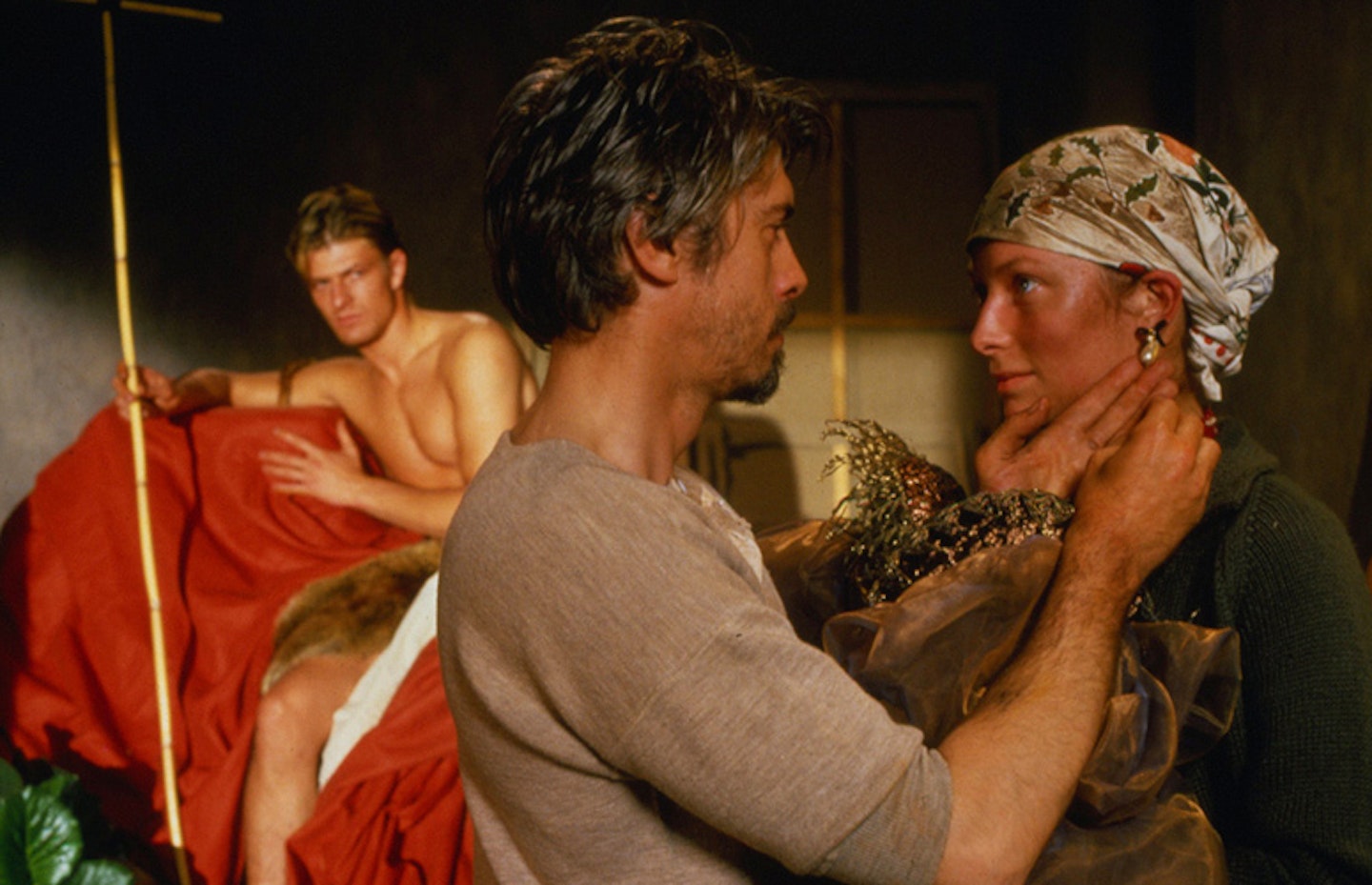
The Artist: Michelangelo Merisi da Caravaggio
The Actor: Nigel Terry
One of the driving forces of the Baroque painting movement, Caravaggio became famous for his striking, realistic paintings of the human form, but handled it badly, and his passions got the better of him. He became infamous for vandalising his apartment, striding around Rome spoiling for sword fights and landing in jail on more than one occasion. He was even sentenced to death by the Pope, which is quite an achievement (though definitely more common then than now). He fled from the city after killing a young man in a brawl and ended up in more clashes, including one that left him with severe injuries and eventually led to a mysterious death even as he was about to be pardoned. Some theories have him dying of fever, while others point to possible assassination by one of the many enemies he made in his time. Derek Jarman’s semi-fictionalised film takes the basic story and spins a tale of bisexual love affairs, and a man haunted by his abilities.
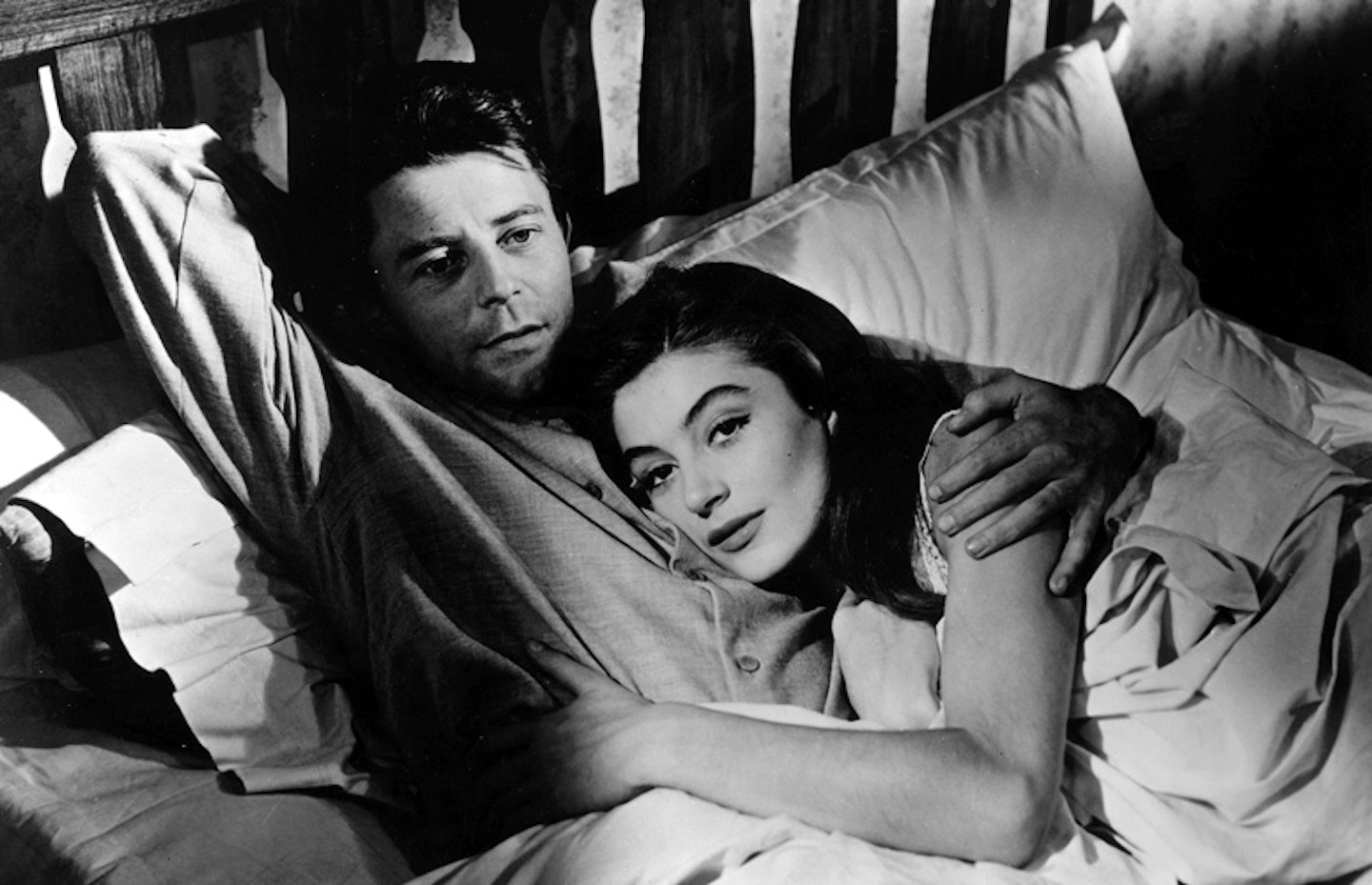
The Artist: Amedeo Modigliani
The Actor: Gérard Philipe
Modigliani is probably best remembered for his paintings and sculptures of nudes, though as with several of these artists he never lived to see a general acceptance of that side of his work. His health was his biggest problem: he contracted pleurisy at 11 and a few years later fell victim to typhoid fever, followed by tuberculosis, which would later claim his life. Ambitious and confident in his abilities even before he began formal art training, he was a good student and quickly achieved recognition from peers including Pablo Picasso. But he also gained a reputation as a drug user and drinker, and while his addictions inspired him, he later began to experience blackouts. For all of his hedonism, it was tubercular meningitis that claimed his life in 1920. Jacques Becker’s 1958 film takes the biopic approach, though it focuses on his final year and his marriage to Jeanne Hébuterne, whose wealthy family disapproved of her spouse. They’d probably have liked him more if they saw how well his art would later sell...
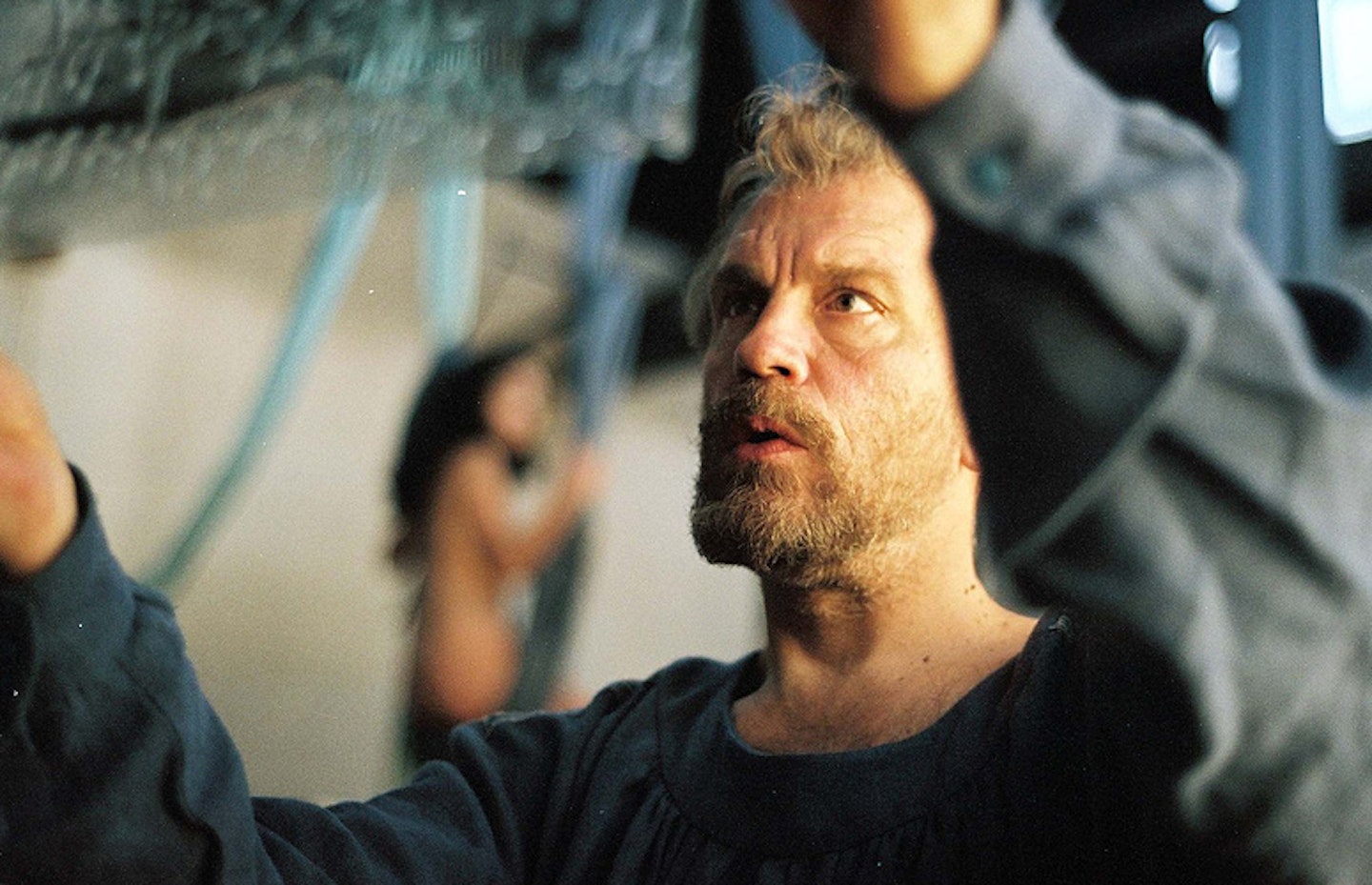
The Artist: Gustav Klimt
The Actor: John Malkovich
Klimt, it would appear, was less tortured by his own demons and more by trouble within his family and reactions to his work. Both his mother and sister had issues with mental illness, which deeply affected him. He began work as an architectural painter and designer, but later developed a much more personal style that would embrace nudes and politically pointed artwork. His paintings were often described as pornographic, but he pressed on regardless, finding more success during his “Golden Phase” which included the use of gold leaf in his work. A seeker of pleasure, he’s known to have fathered at least 14 children in his early days, which does make you wonder when he had time to work. Raoul Ruiz’s film casts John Malkovich as the elder Klimt, dying from pneumonia following a stroke and reflecting on his life in a series of disjointed sequences.
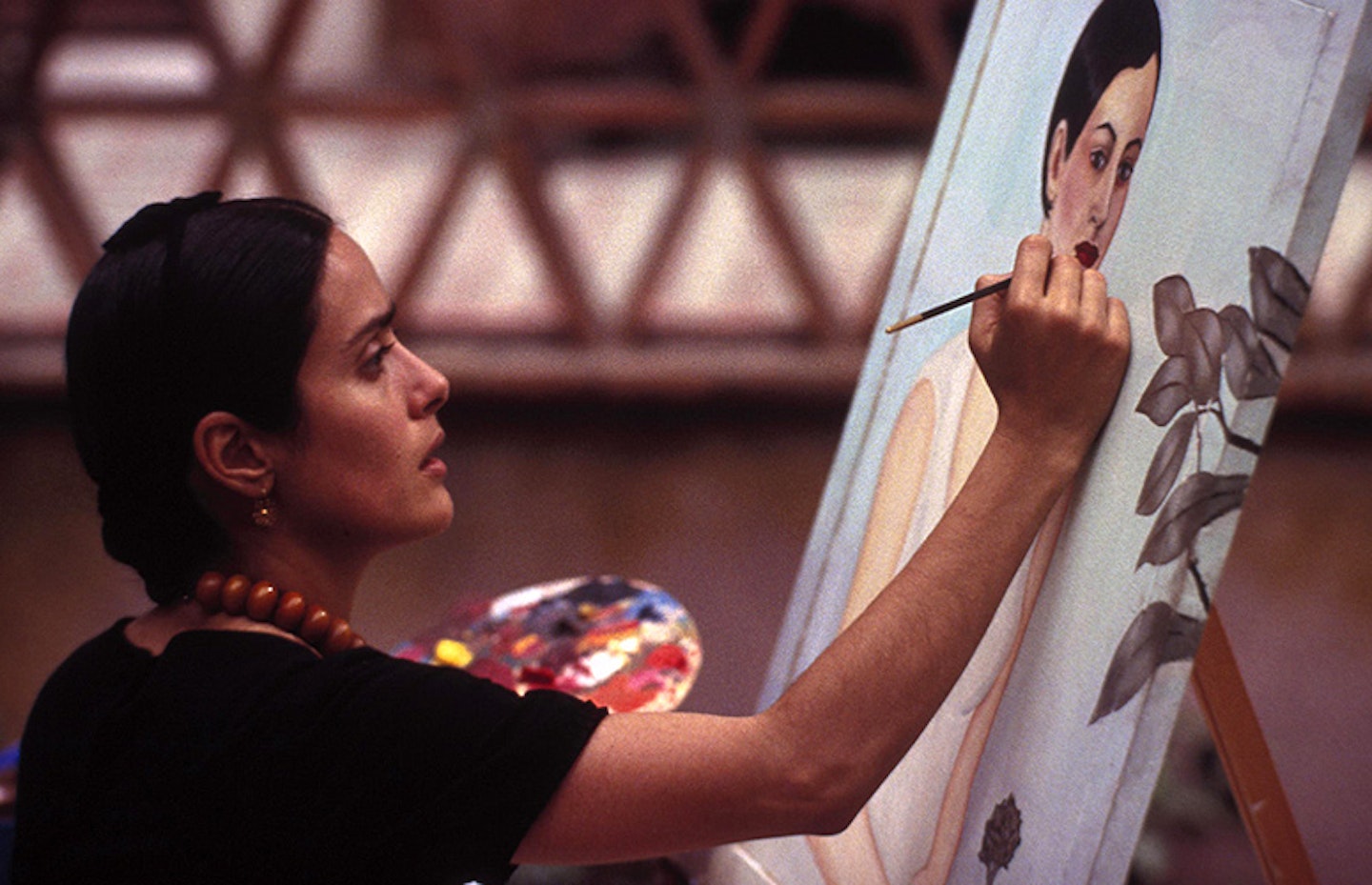
The Artist: Frida Kahlo
The Actor: Salma Hayek
Originally planning to study medicine, a plan inspired after contracting polio at the age of six, Kahlo's life was forever altered by a bike accident. Colliding with a bus while out riding left her with serious injuries, including a broken spinal column, a broken collarbone, broken ribs, a broken pelvis, 11 fractures in her right leg, a crushed and dislocated right foot, and a dislocated shoulder. She channelled her pain into a painting career, beginning work while still convalescing and capturing her suffering with vivid colours. Another big, tempestuous influence on her work was her marriage to fellow artist Diego Rivera, which frequently flared into conflict and saw both of them having multiple affairs. Julie Taymor’s 2002 film unspools a lot of the story, and takes an unflinching look at Kahlo’s life, scoring two Oscars (for make-up and Elliot Goldenthal’s score) and four further nominations, including one for Salma Hayek’s searing lead performance.
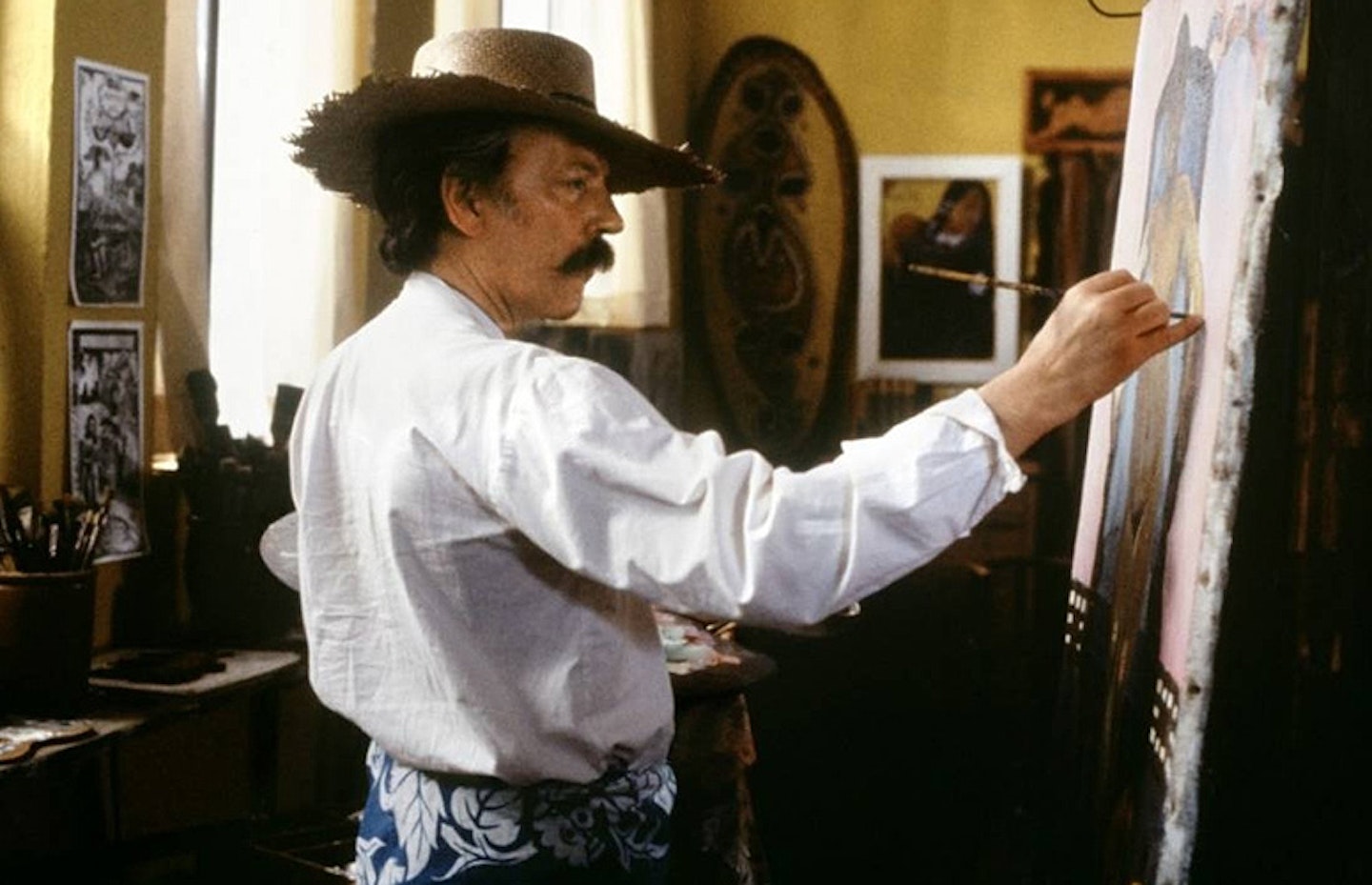
The Artist: Paul Gauguin
The Actor: Donald Sutherland
Gauguin, since recognised as one of the best post-Impressionists and a member of the Symbolist movement, suffered bouts of depression and attempted suicide at least once. Initially employed as a stockbroker, he began to paint in his free time and took up painting as his career after his marriage fell apart. He tragically outlived two of his children and ended up leaving France entirely to take up residence in French Polynesia, where he became more than friendly with some of the locals. At some point in his later life, he got into trouble with French colonialists for taking the natives’ side. Legal trouble also blighted that time of his life, and he was sentenced to prison but reportedly died from a morphine overdose and heart attack while being treated for syphilis. Donald Sutherland portrays him in the 1986 film, which charts his initial return to Paris after his first trip to Tahiti and his confrontational dealings with his wife, family and lover. He probably wished he’d stayed away.
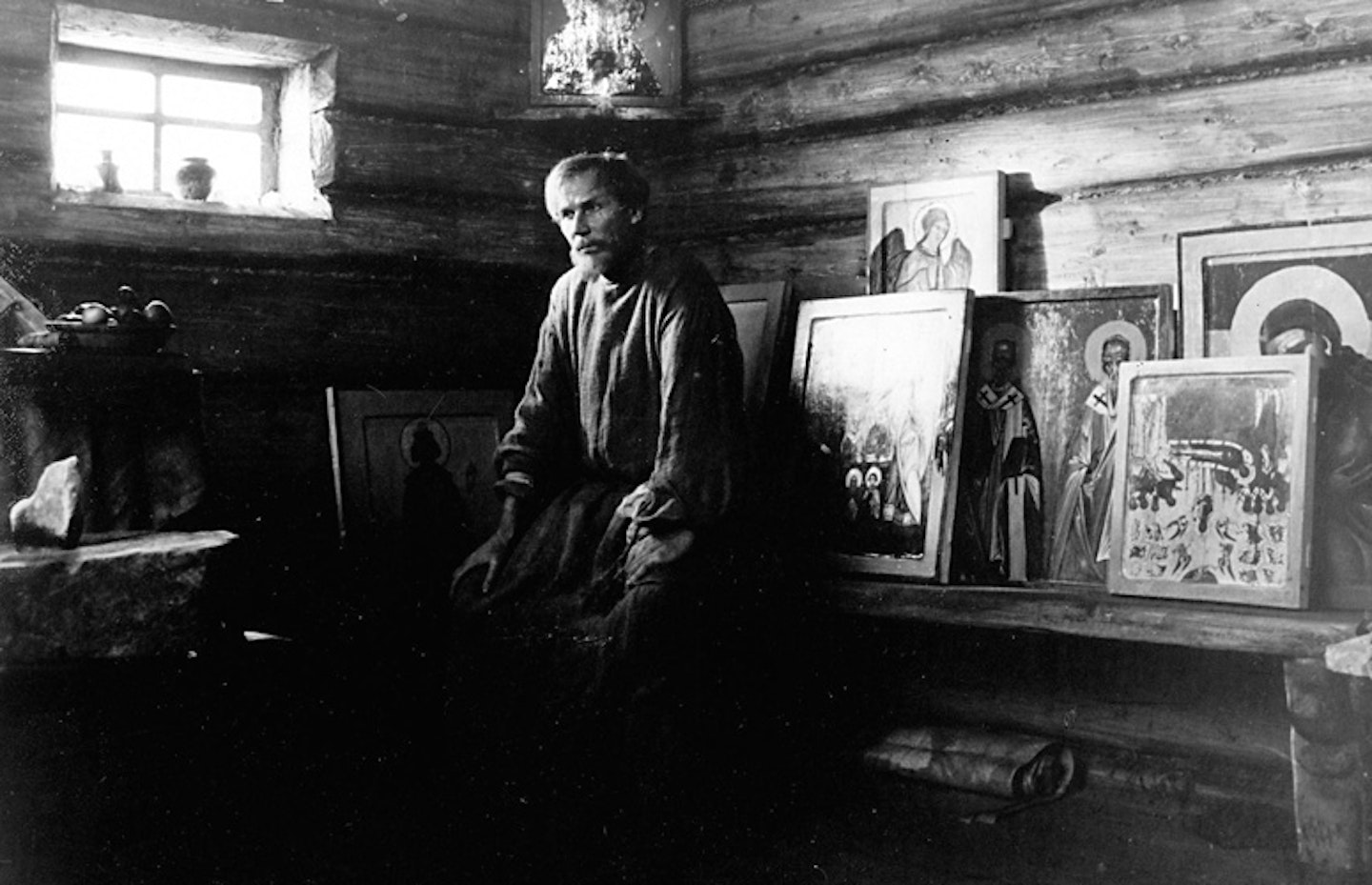
The Artist: Andrei Rublev
The Actor: Anatoly Solonitsyn
Though many here can claim they had a tough life, few can match up to Andrei. Born in the Middle Ages, he lived through a dark, brutal and dangerous time – he helped decorate a monastery after the first version was destroyed in a Mongol invasion – and spent most of his existence as a monk in Russia, at one point taking a vow of silence. Despite his situation, what information there is about him describes him as a kind and quiet person, one filled with deep thoughts. His passion was painting, and he created some of the most iconic – pun entirely intended – frescoes and other artworks in Russian history, leading to him being canonised as a saint by the Orthodox Church. Andrei Tarkovsky took on his story for a film that uses Rublev’s life to ruminate on life in a 205-minute “biography” as far from what that word generally means today as a peach is from an alligator. There’s a lot of talk about bells.
